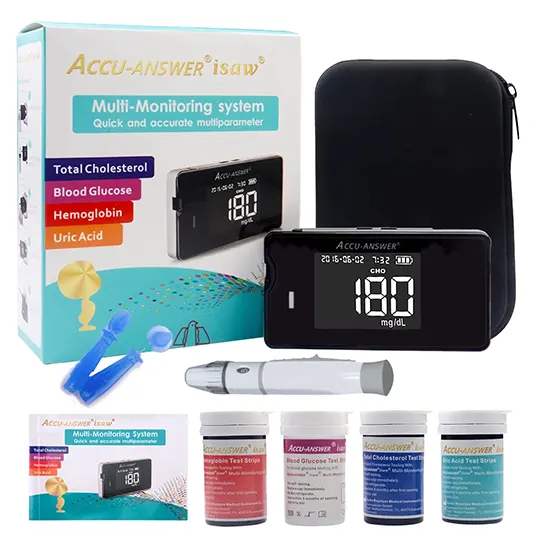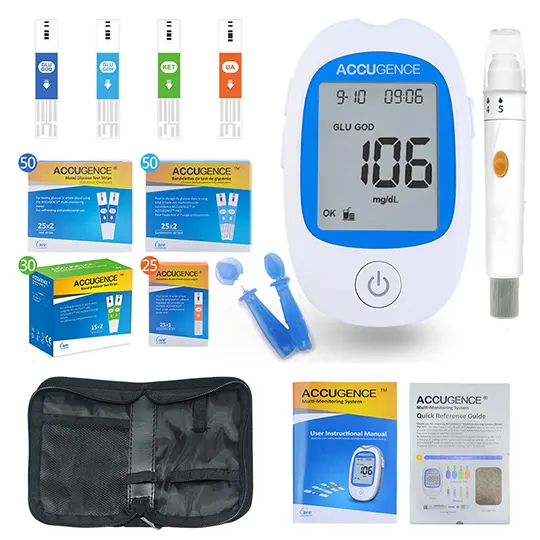Dosing and uses of Eloxatin (oxaliplatin)
Adult dosage forms and strengths
powder for injectable solution
- 50mg/vial
- 100mg/vial
- 200mg/vial
Advanced Colorectal Cancer
Day 1: Oxaliplatin 85 mg/m² IV + leucovorin 200 mg/m² IV infused over 2 hr, THEn
5-FU 400 mg/m² IV bolus over 2-4 minutes, THEn
5-FU 600 mg/m² IV infusion in D5W (500 mL) over 22 hr
Day 2: Same regimen WITHOUT oxaliplatin
Repeat every 2 weeks
Adjuvant Treatment in Stage III Colon Cancer
12 cycles, every 2 weeks, according to the dose schedule above, for a total of 6 months
Adjuvant use follows tumor resection
Ovarian Cancer (Orphan)
Orphan indication sponsor
- Debio Pharm S.A.; Rue des Terreaux 17 CH-1000; Switzerland
Dose Modification
If persistent Grade 2 neuropathy, decrease dose to 75 mg/m²
If persistent Grade 3 neuropathy, consider discontinuing oxaliplatin
After recovery from grade 3/4 GI or grade 3/4 hematological toxicity: Decrease dose to 75 mg/m² , AND decrease 5-FU by 20% (300 mg/m² bolus, 500 mg/m² infusion)
Renal Impairment
Exposure of unbound platinum tends to increase in renally impaired patients
Mild (CrCl 50-80 mL/min): No dosage adjustment required
Moderate (CrCl 30-49 mL/min): No dosage adjustment required
Severe (CrCl <30 mL/min): Reduce starting dose
Pediatric dosage forms and strengths
Safety and efficacy not established
Eloxatin (oxaliplatin) adverse (side) effects
>10%
Peripheral neuropathy (76%)
Anemia (64%)
Nausea (64%)
Fatigue (61%)
Diarrhea (46%)
Vomiting (37%)
Abdominal pain (31%)
Constipation (31%)
Thrombocytopenia (30%)
Fever (25%)
Anorexia (20%)
Leukopenia (13%)
Dyspnea (13%)
Cough (11%)
1-10%
Edema (10%)
Neutropenia (7%)
Pharyngolaryngeal dysesthesia (1-2%)
<1%
Pulmonary fibrosis
Posterior leukoencephalopathy syndrome
Frequency not defined
Anaphylactic-like reaction (uncommon)
Pulmonary fibrosis (uncommon)
Postmarketing Reports
Body as a whole: Angioedema, anaphylactic shock
Central and peripheral nervous system disorders: Loss of deep tendon reflexes, dysarthria, Lhermitte’s sign, cranial nerve palsies, fasciculations, convulsion, RPLs
Hearing and vestibular system disorders: Deafness
Infusion reactions/hypersensitivity: Laryngospasm
Liver and gastrointestinal system disorders: Severe diarrhea/vomiting resulting in hypokalemia, colitis (including Clostridium difficile diarrhea), metabolic acidosis; ileus; intestinal obstruction, pancreatitis; veno-occlusive disease of liver (ie, sinusoidal obstruction syndrome), perisinusoidal fibrosis which rarely may progress
Platelet, bleeding, and clotting disorders: immuno-allergic thrombocytopenia prolongation of prothrombin time and of INR in patients receiving anticoagulants
Red blood cell disorders: Hemolytic uremic syndrome, immuno-allergic hemolytic anemia
Renal disorders: Acute tubular necrosis, acute interstitial nephritis, acute renal failure
Respiratory system disorders: Pulmonary fibrosis, and other interstitial lung diseases (sometimes fatal)
Cardiovascular toxicity
Rhabdomyolysis
Septic shock
Warnings
Black box warnings
The drug should be administered under the supervision of an experienced cancer chemotherapy physician in a facility equipped to diagnose and manage complications
Anaphylactic-like reactions have been reported and may occur within minutes of administration. Epinephrine, corticosteroids, and antihistamines have been used to treat these symptoms
Contraindications
Hypersensitivity to oxaliplatin, other platinum compounds
Pregnancy
Cautions
Caution in renal impairment, elderly, neuropathy, neurotoxic agents
For 3-4 days, avoid contact with ice/cold food/objects, avoid breathing cold air
Avoid contact with aluminum needles or equipment
Avoid pregnancy
Pulmonary fibrosis may occur
Concomitant use with fluorouracil may increase gastrointestinal effects
Grade 3 or 4 neutropenia reported in patients with colorectal cancer treated in combination with 5-flurouracil (5-FU) and leucovorin; delay oxaliplatin therapy until neutrophils are at 1.5 x 10^9/L; withhold oxaliplatin for sepsis or septic shock; reduce dose after recovery from Grade 4 neutropenia or febrile neutropenia
Cardiovascular toxicity reported; ECG monitoring recommended if therapy initiated in patients with congestive heart failure, bradyarrhythmias, drugs known to prolong the QT interval, including Class Ia and III antiarrhythmics, and electrolyte abnormalities; correct hypokalemia or hypomagnesemia prior to initiating oxaliplatin and monitor these electrolytes periodically during therapy; avoid oxaliplatin in patients with congenital long QT syndrome
Reversible posterior leukoencephalopathy syndrome (RPLS, also known as PRES, Posterior Reversible Encephalopathy Syndrome) reported in clinical trials and postmarketing experience
Rhabdomyolysis, including fatal cases reported; discontinue oxaliplatin if any signs or symptoms of rhabdomyolysis occur
Pregnancy and lactation
Pregnancy category: d
Lactation: not known if excreted in milk
Pregnancy categories
A: Generally acceptable. Controlled studies in pregnant women show no evidence of fetal risk.
B: May be acceptable. Either animal studies show no risk but human studies not available or animal studies showed minor risks and human studies done and showed no risk.
C: Use with caution if benefits outweigh risks. Animal studies show risk and human studies not available or neither animal nor human studies done.
D: Use in LIFE-THREATENING emergencies when no safer drug available. Positive evidence of human fetal risk.
X: Do not use in pregnancy. Risks involved outweigh potential benefits. Safer alternatives exist.
NA: Information not available.
Pharmacology of Eloxatin (oxaliplatin)
Mechanism of action
Platinum coordination compound that inhibits DNA synthesis; cross-links and denatures strands of DNA; disrupts DNA function by covalently binding to DNA bases
Pharmacokinetics
Peak plasma time: 2 hr
Concentration: 1.21 mcg/mL
Protein bound: >90%; platinum accumulates in RBCs
Vd: 440 L
Half-life: 391 hr
Clearance: 10.1 L/hr
Excretion: Urine (54%); feces (2%)
Dialyzable: no
Administration
IV Incompatibilities
Alkaline medications or media (eg, basic solutions of 5-FU)
IV Preparation
Reconstitute by adding 10 mL (for 50 mg vial) or 20 mL (for 100 mg vial) of SWI or D5W. Dilute required amount of reconstituted solution in an infusion solution of 250-500 mL of D5W. Do NOT use NS or chloride-containing solutions
Reconstituted solution may be refrigerated up to 24 hr at 2-8°C (36-46°F). After final dilution with 250-500 mL D5W, the shelf life is 6 hr at room temp [20-25°C (68-77°F)] or up to 24 hr under refrigeration at 2-8°C (36-46°F)
Eloxatin is not light sensitive
Do not use aluminum-containing needles or IV administration sets that may come in contact with carboplatin (aluminum can react causing precipitate formation and loss of potency)
IV Administration
Flush infusion line with D5W prior to administration of oxaliplatin or any concomitant drug
Inspect visually for particulate matter and discoloration prior to administration and discard if present
Use separate bags for oxaliplatin and leucovorin (administered through Y-site)
See adult dosing for infusion and bolus rate



